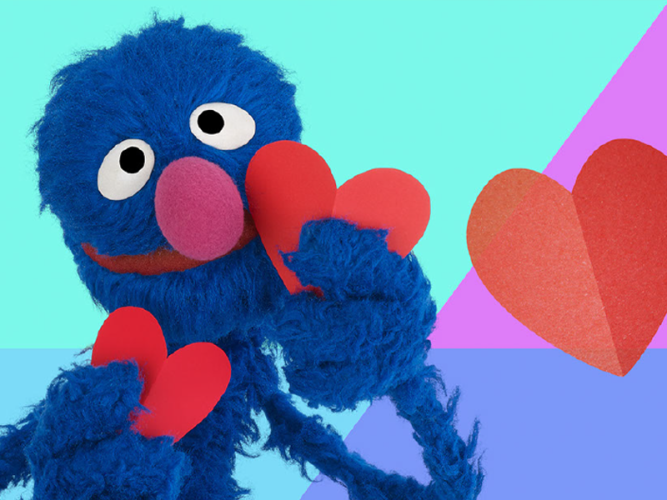
What Is Empathy?
Mark Ruffalo and Murray talk about what the word "Empathy” means.
Watch the video together, then point out that Murray had some trouble understanding what “empathy” meant: it’s the ability to understand and care about how someone else is feeling. There are different ways to build empathy at each age:
Babies
Notice how your baby reacts to your different facial expressions. Babies as young as six months old look to their caregivers to figure things out. When passing a baby to a grandparent to hold, you might smile warmly and reassuringly.
Toddlers
When kids recognize and label their own feelings, they can better recognize those of others—a key part of empathy. Try using “feeling” words in everyday moments. “Do you feel sad without your teddy bear?” or “That ice cream made you happy!”
Preschoolers
As children begin to interact more and more with others, tough situations come up (tussles over toys, making new friends, or deciding on the next game). In those times, asking kids to see the impact of their actions on someone’s feelings builds empathy. (“John is sad that he hasn’t picked a new game yet like everyone else. Can you give John a turn to pick a game from the box?”)

Mindful Monsters: Self-Love Mantras with Grover
In this podcast, Grover shares some mindful mantras.

Mindful Monsters: Look and Notice with Cookie Monster
Cookie Monster helps children practice mindfulness by looking and listening carefully to their surroundings.

Mindful Monsters: Body Scan with Big Bird
In this podcast, Big Bird guides children through a mindful body scan.

Mindful Monsters: Whole-Body Listening with Elmo
In this podcast, Elmo practices whole-body listening.

Mindful Monsters: Bubble Breathing with Abby Cadabby
In this podcast, Abby Cadabby guides children through a bubble breathing exercise.

Mindful Caregivers
Practicing mindfulness is a great way to slow down and reset.

Mindful Monsters: A Podcast Guide to Peace
A guide with tips for using the Mindful Monsters Podcast Series.
